While you could easily buy regular ricotta in the store, you may feel like it just doesn’t taste the same or you don’t want to have any fillers in it – but, what is ricotta salata, actually?
Ricotta salata is a pressed, salted, and aged version of Ricotta, which is known for its mild and slightly sweet flavor when fresh – this taste makes it perfect for grating or slicing over various dishes, such as salads, pasta, or even pizza!
So, this homemade ricotta salata recipe will bring you a touch of authentic Italian cheesemaking into your kitchen – enjoy the creamy, slightly salty goodness of your own ricotta salata!
So, ready to make this delicious and easy recipe? It will quickly become one of your favourite recipes!
What You Need to Make Homemade Ricotta Salata Cheese
You may be surprised, but making this salty cheese doesn’t need many ingredients!
Ingredients to make homemade ricotta cheese:
- 4 cups of whole milk
- 1 cup of heavy cream
- 3 tablespoons of lemon juice or white vinegar
- 1-2 teaspoons of salt (according to taste)
- Additional salt for salting the exterior
- Lemon zest (optional for flavoring)
Equipment you need:
- Large pan or large pot (small pan is ok too, you may just not be able to make as much)
- Thermometer
- Cheesecloth, nut milk bag, or a muslin cloth
- Cheese press or a homemade pressing setup
- Cheese aging fridge (optional but recommended for best results)
Alternative Ingredients
Don’t have everything on hand? No worries! Here are some suggestions to substitute!
- Milk – goat milk, non-dairy milk (almond milk or soy milk for nutty flavor)
- Heavy cream – half and half or use extra milk (it just will be less creamy)
- Lemon juice or white vinegar – citric acid or other vinegars, such as apple cider vinegar, red wine vinegar, or balsamic vinegar (the taste may be slightly different though)
- Salt – sea salt, kosher salt, herbed salt, or flavored salt
Alternative tools:
- Cheesecloth – clean kitchen towel, fine mesh sieve, or a nut milk bag to strain the curds
- Cheese mold – small colander or perforated container lined with cheesecloth
Step-By-Step Instructions on Making Homemade Ricotta Salata
There are 3 parts to making this Italian cheese – you start out with making the fresh Ricotta, then pressing the cheese, and finishing it with salting and aging it.
How to Make Fresh Ricotta
Step 1: In a large sauté pan, combine the whole milk and heavy cream. Heat slowly over medium heat, stirring occasionally until it reaches 185°F (85°C).
Step 2: Once the milk mixture has reached the desired temperature, add lemon juice or vinegar and allow the mixture to curdle over medium-low heat for 5-10 minutes without stirring, so it can develop a uniform texture.
Step 3: Place a cheesecloth over a strainer and pour the curdled milk mixture to separate the curds from the whey.
Step 4: Gently squeeze out extra whey from the curds, being cautious not to compress them too much. Then sprinkle 1-2 teaspoons of salt into the curds, mixing lightly.
Now, we’re going to start with the second phase and press the Ricotta Cheese.
Step 5: To prepare for the pressing, transfer the curds to a cheese mold or a makeshift mold using a perforated container.
Step 6: Place a weight on top of the curds to press them (about 4-5 pounds should suffice) and allow the curds to press for at least 8 hours, or overnight for best results.
3rd Phase: Aging the Ricotta
Step 7: Gently unmold the pressed ricotta.
Step 8: Lightly salt the entire exterior of the cheese and place it in a cheese cave or an aging box in the fridge – allowing it to age for at least 3 weeks, turning and lightly re-salting the exterior every few days. That’s it! Enjoy the Ricotta Salata crumbled over salads, pasta, or as a serving platter with some crackers and fruit!
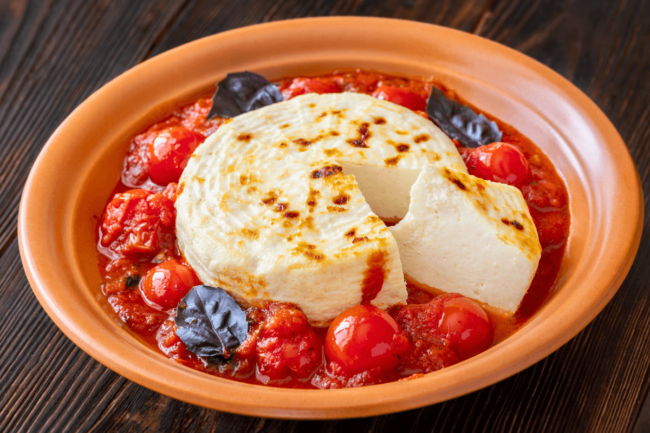
Expert Tips
Here are a few tips I found to be the most useful to make this recipe a success (and less a frustrating one).
-
- Quality of milk – use the highest-quality milk you can find because it can impact the taste and quality of the cheese you’re making. With that, avoid ultra-pasteurized milk because it may not curdle as effectively due to the high-temperature processing of it.
- Curdling process – make sure that the milk is thoroughly and evenly heated to the correct temperature before you add the acid to ensure even curdling. Be patient and don’t stir once the acid is added to allow it fully curd
- Draining the curds – allow it to drain well because too much residual whey can impact the aging process
- Be gentle when you’re draining to not break the delicate texture
- Salting – be generous with the salt because it helps preservation and flavor development during aging
- Use non-iodized salt to avoid any off flavors
- For the aging process
-
- Maintain the correct humidity and temperature (especially if you don’t have a cheese cave)
- Regularly turn and re-salt the cheese
- Look out for unwanted mold (it’s normal to develop natural molds but anything unwanted you can remove by rubbing with cloth or rubber spatula dipped in vinegar)
- Use a drip tray if you don’t have a cave
Frequently Asked Questions (FAQs)
You’ve got questions? We’ve got the answers!
What type of milk is best for making Ricotta Salata?
High-quality, fresh whole milk is best for making Ricotta Salata, but avoid using ultra-pasteurized milk as it may not form curds properly.
For an alternative variation, you can try goat or sheep’s milk – it gives it a slightly different flavor and it’s so good!
How do I store Ricotta Salata and how long does it last?
Store Ricotta Salata in the refrigerator, wrapped in cheese or parchment paper and placed in an airtight container. The best part about this is that properly aged and stored Ricotta Salata can last several months in the refrigerator.
What can I do with the leftover whey from making Ricotta Salata?
Don’t discard the whey! It can be used in bread making, soups, and smoothies, or as a substitute for water when cooking grains like rice or pasta for an extra boost of flavor and nutrients.
My Ricotta Salata is too dry/crumbly, what did I do wrong?
Don’t panic! The cheese might have been pressed too hard or aged for too long. Next time just make sure you use a gentle, gradual pressing, and keep a close eye on it during aging to avoid excessive dryness.
Can I eat Ricotta Salata without aging it?
Yes! Absolutely. Ricotta Salata is typically aged to develop its signature firm texture and flavor. However, you can enjoy it at any stage based on your preference – just know it will be milder and softer the younger it is.
Buon appetito!
Print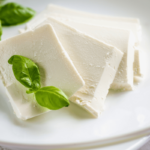
Italy in a Bite: Italian Ricotta Salata Recipe
- Author: Anna Dykeman
Description
Ingredients to make homemade ricotta cheese:
- 4 cups of whole milk
- 1 cup of heavy cream
- 3 tablespoons of lemon juice or white vinegar
- 1-2 teaspoons of salt (according to taste)
- Additional salt for salting the exterior
Equipment you need:
- Large stainless-steel pot
- Thermometer
- Cheesecloth, nut milk bag, or a muslin cloth
- Cheese press or a homemade pressing setup
- Cheese aging fridge (optional but recommended for best results)
Alternative Ingredients
Don’t have everything on hand? No worries! Here are some suggestions to substitute!
- Milk – goat milk, non-dairy milk (almond milk or soy milk)
- Heavy cream – half and half or use extra milk (it just will be less creamy)
- Lemon juice or white vinegar – citric acid or other vinegars, such as apple cider vinegar or red wine vinegar (the taste may be slightly different though)
- Salt – sea salt, herbed, or flavored salt
Alternative tools:
- Cheesecloth – clean kitchen towel, fine mesh sieve, or a nut milk bag to strain the curds
- Cheese mold – small colander or perforated container lined with cheesecloth
Ingredients
- In a large saucepan, combine the whole milk and heavy cream. Heat slowly, stirring occasionally until it reaches 185°F (85°C).
- Once the milk mixture has reached the desired temperature, add lemon juice or vinegar and allow the mixture to curdle for 5-10 minutes without stirring.
- Place a cheesecloth over a strainer and pour the curdled milk mixture to separate the curds from the whey.
- Gently squeeze out extra whey from the curds, being cautious not to compress them too much. Then sprinkle 1-2 teaspoons of salt into the curds, mixing lightly.
- To prepare for the pressing, transfer the curds to a cheese mold or a makeshift mold using a perforated container.
- Place a weight on top of the curds to press them (about 4-5 pounds should suffice) and allow the curds to press for at least 8 hours, or overnight for best results.
- Gently unmold the pressed ricotta.
- Lightly salt the entire exterior of the cheese and place it in a cheese cave or an aging box in the fridge – allowing it to age for at least 3 weeks, turning and lightly re-salting the exterior every few days.

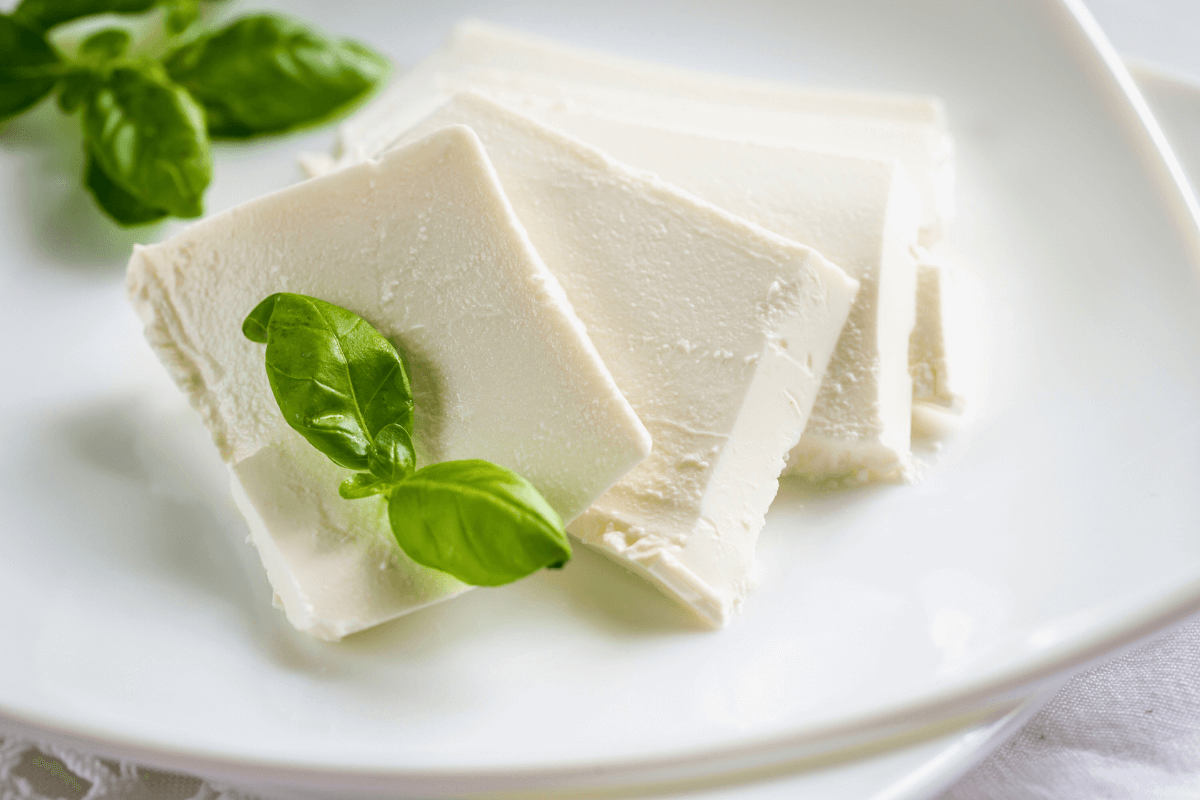



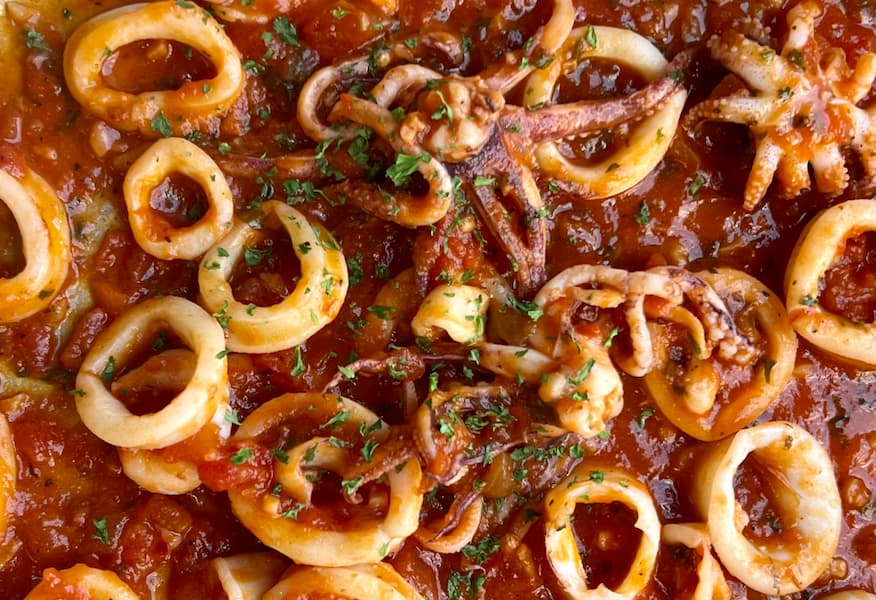
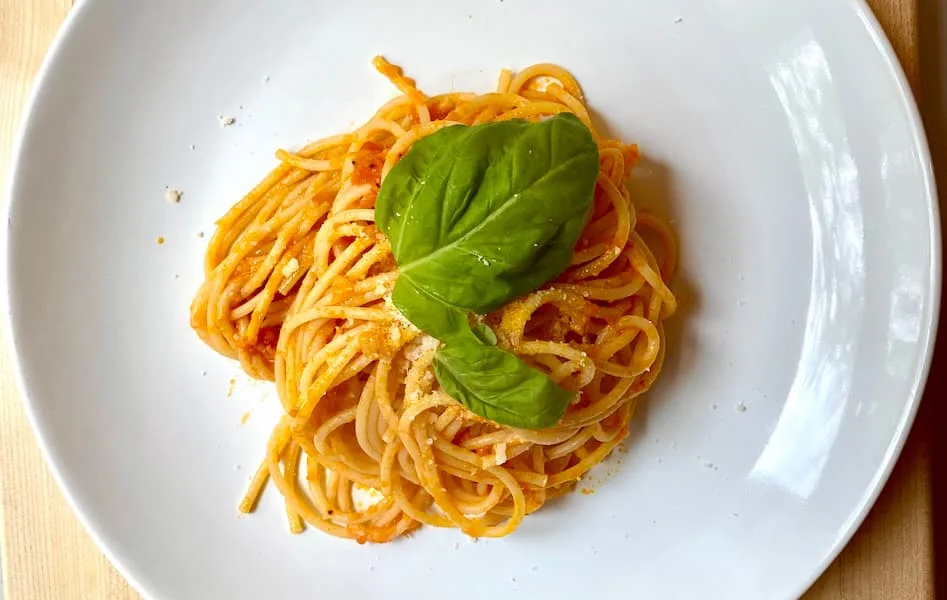
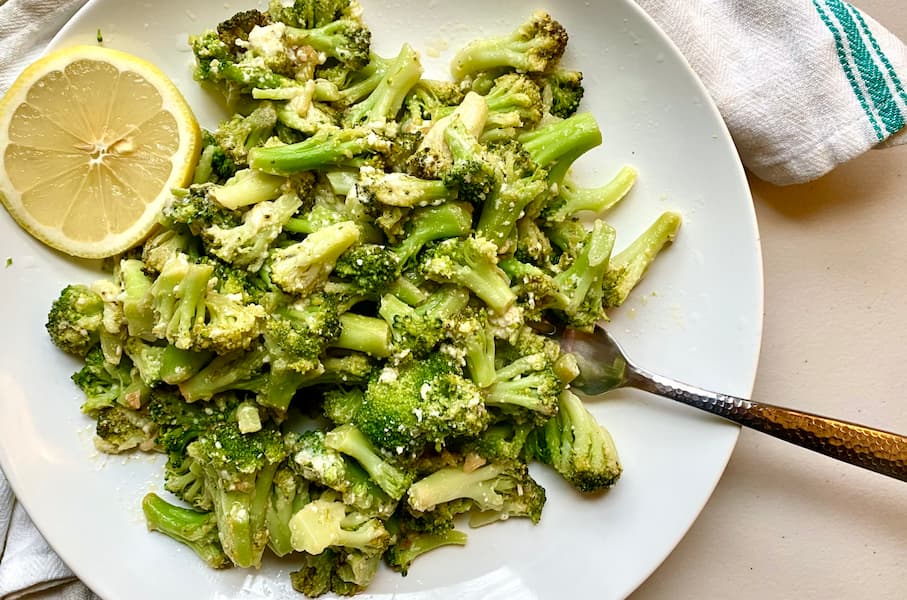
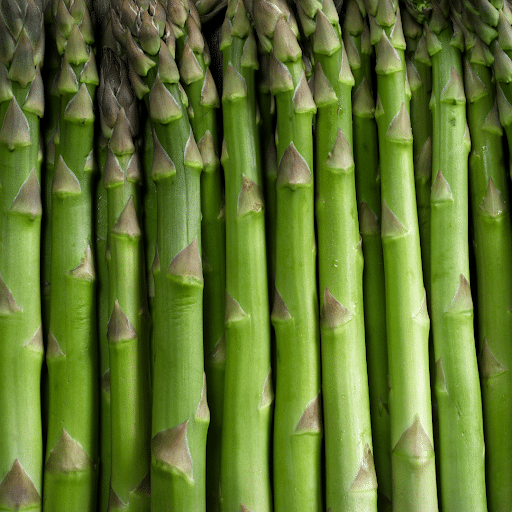
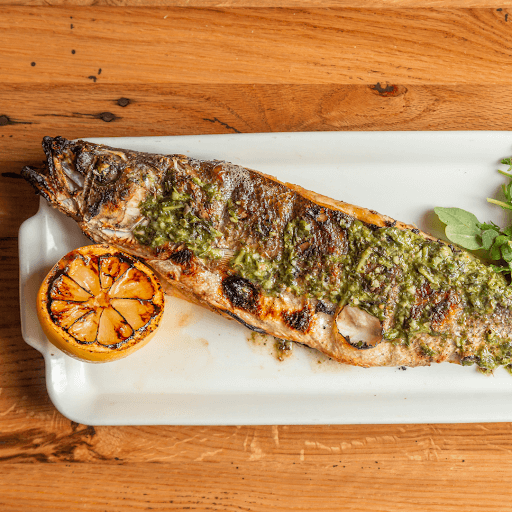
3 thoughts on “Italy in a Bite: Italian Ricotta Salata Recipe”
This sounds so wonderful!!! When does one add the lemon zest when making ricotta salata cheese? Is it added with the salt before pressing?
I would add it fresh while re-salting the ricotta for the last time or right before serving.
Hi Carol! You will love this recipe! I’d put the lemon zest at the end right before serving, so it’s fresh like Michele suggested.